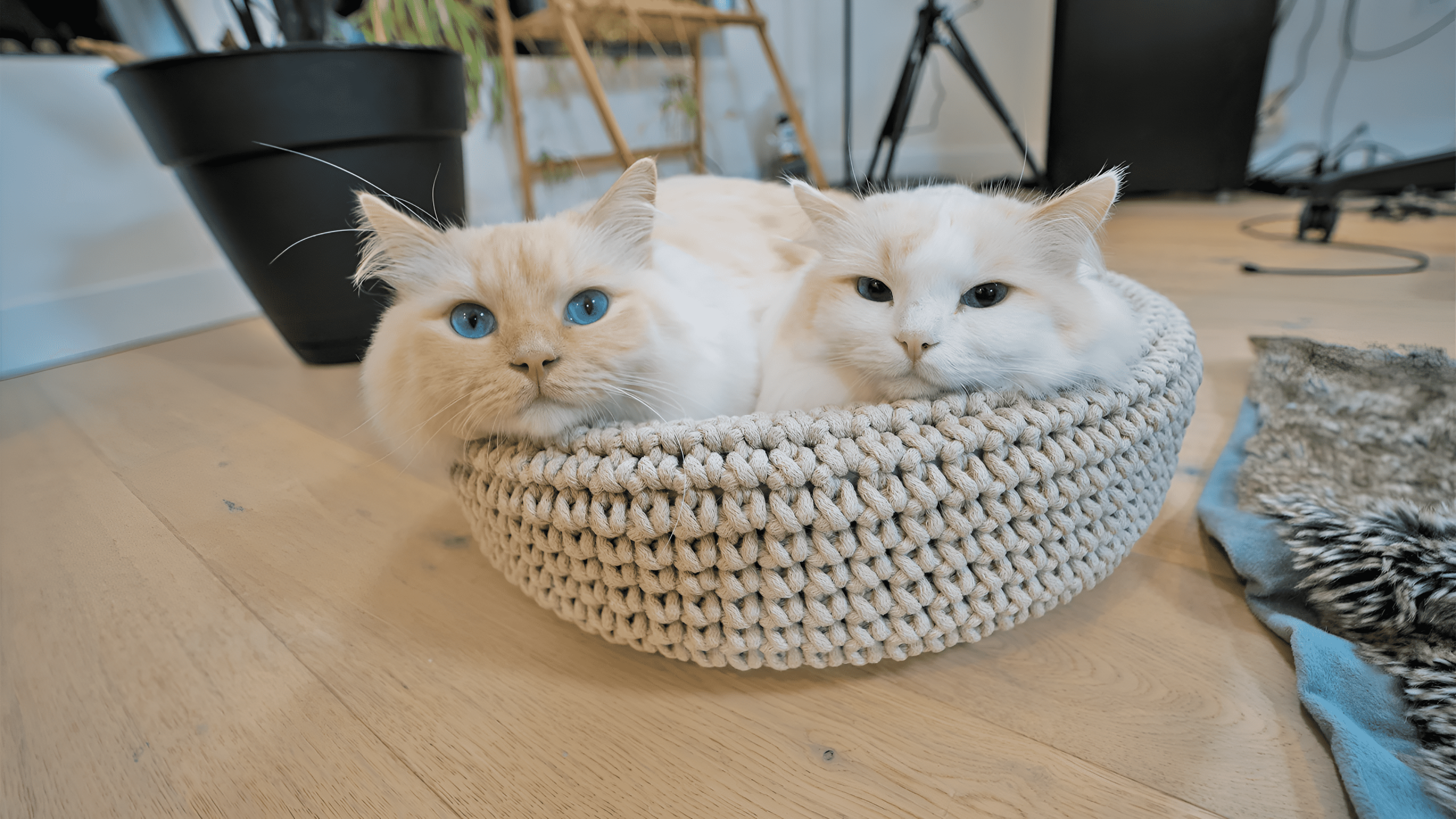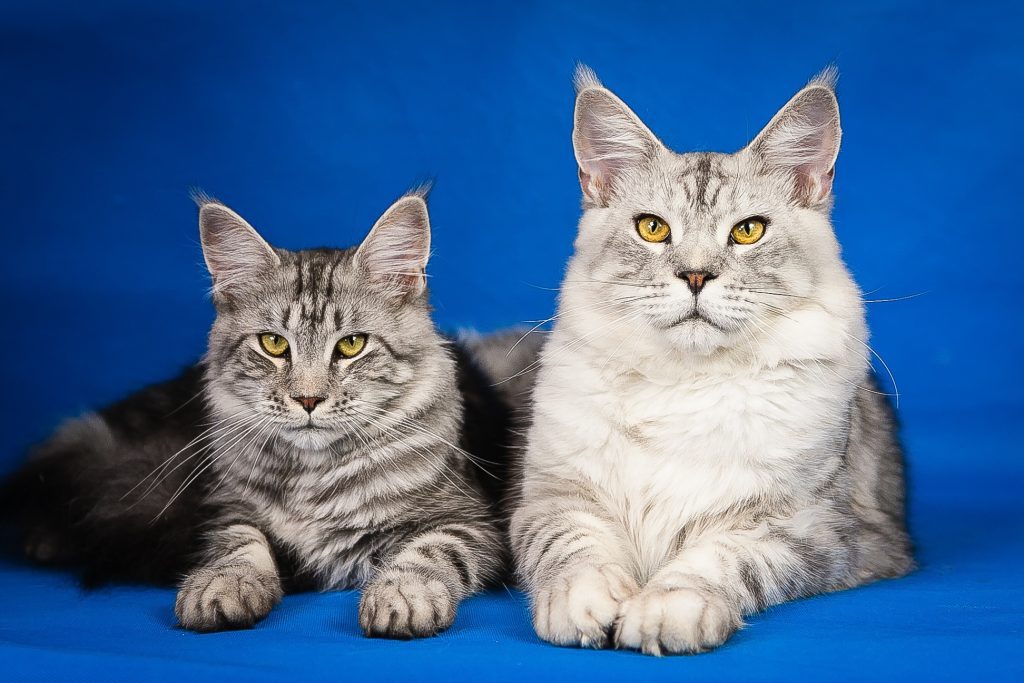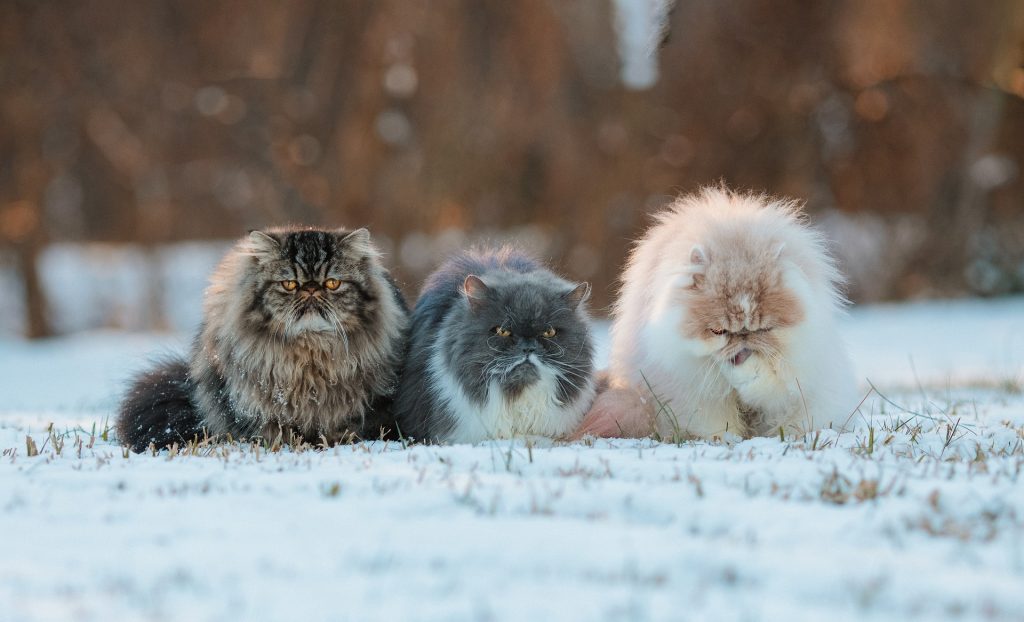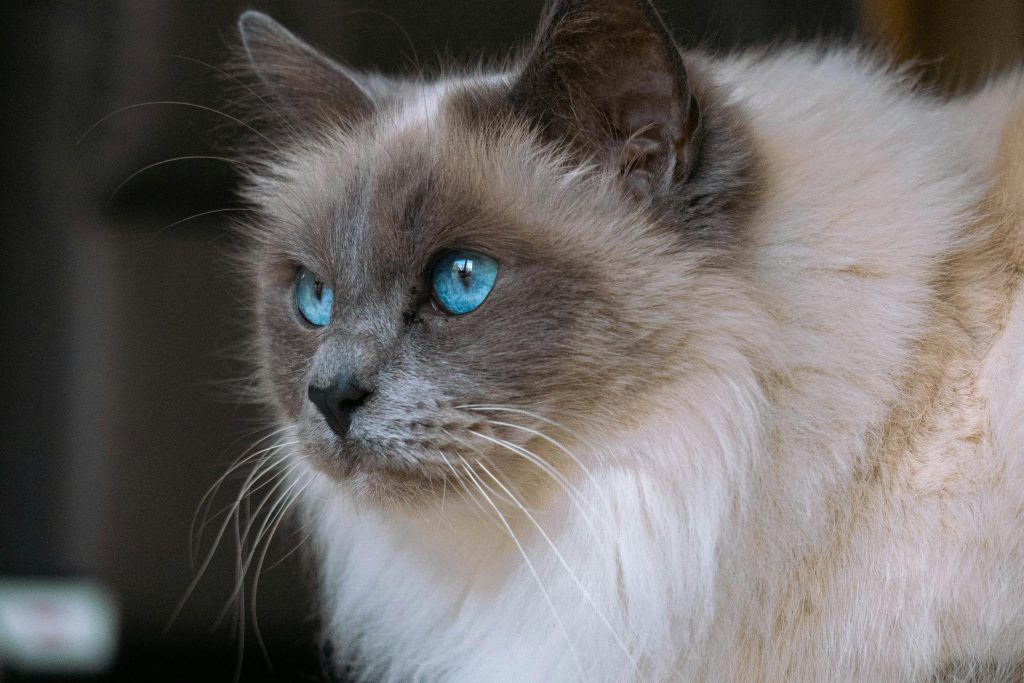Choosing between a male or female Ragdoll cat isn’t just about picking a gender—it’s about finding the personality that fits your life.
Wondering if male or female Ragdolls are more affectionate? You’re not alone. While males often stay playful and clingy longer, and females tend to be a bit more independent, so much depends on how each cat is raised.
Ragdolls are famously gentle and loving, either way. What matters most is matching their energy, affection style, and adaptability to your home. By the end of this guide, you’ll have a clearer sense of which Ragdoll feels like the right match for you.
At a Glance
| Trait | Male Ragdoll | Female Ragdoll |
| Average Size | 15–20 lbs | 10–15 lbs |
| Typical Temperament | Affectionate, outgoing | Gentle, reserved |
| Sociability | Often more social with strangers | May be cautious at first |
| Maintenance Needs | Moderate grooming | Moderate grooming |
| Lifespan | 12–15 years | 13–17 years |
| Best For | Families, multiple-pet homes | Quiet households, one-on-one bonding |
Physical Differences

When comparing male and female Ragdoll cat sizes, expect males to be larger and more muscular, often weighing 15–20+ lbs, with a broader chest and a longer growth period (up to 4 years). Females are typically 10–15 lbs, with a more petite and refined build, and tend to reach maturity more quickly.
Males may have blockier heads and more pronounced jowls if not neutered, while females often look slimmer and more delicate. Coat length and grooming needs? Identical for both—twice-weekly brushing is ideal.
Because males tend to be bigger, you might need a sturdier cat tree, a roomier carrier, and yes, more lap space. Forget the old myths and choose the cat that best suits your space and lifestyle.
Recommended Post
Temperament & Personality Differences
When it comes to male vs female Ragdoll cat temperament, patterns do exist—but they’re tendencies, not hard rules.
Males are often more outgoing, playful, and “puppy-like,” following you from room to room and soaking up attention. Females can be a bit more independent, forming strong bonds with one person and showing affection in quieter ways.
As Dr. Jackie Brown, puts it, male cats often stay playful longer, while females mature emotionally at an earlier age—a trend many Ragdoll owners notice too.
After spaying or neutering, these differences tend to blur, with early socialization playing a much bigger role than gender. A calm, mellow male or a lively, social female is entirely possible. Beyond personality, Ragdolls also differ in how they ‘talk’ to their humans.
Vocalization & Communication Styles

Ragdolls aren’t exactly silent, but their voices tend to be soft and subtle. Males often use low rumbles or gentle meows, usually reserved for mealtime, play, or simple hellos. Females can be a bit more expressive, offering chirps, chatters, and higher-pitched sounds, especially when excited or greeting loved ones.
While these patterns show up often, they’re far from universal. Socialization, personality, and whether your cat’s been spayed or neutered have more impact than gender alone — for example, unspayed females may yowl during heat.
Beyond vocal sounds, Ragdolls “talk” with body language, purrs, and affectionate head bumps. The real key? Tune into your own cat’s style — it’s how they connect, not just how they ask.
Training & Adaptability – Which Gender Learns Faster?
Males often respond well to treats and praise, making them quicker to catch on during short, reward-based sessions. In contrast, females may start more cautiously, but once engaged, they tend to show steady focus and determination.
When it comes to adapting, males might explore sooner in a new space, while females often prefer familiar scents or a quiet spot before warming up.
In the end, it’s less about gender and more about trust, consistency, and reading your cat’s cues. Whether training or moving house, success lies in matching your pace to their comfort.
Recommended Post
Health Considerations by Gender

While both male and female Ragdolls can enjoy long, healthy lives, each gender comes with specific risks. Males are more prone to urinary blockages due to their narrow urethra—watch for straining or frequent litter box visits, and support hydration with wet food.
Unspayed females face increased risks of mammary cancer and serious infections like pyometra. Spaying before the first heat can lower these risks by over 90%. I once fostered a female who needed emergency care for pyometra—early spaying could’ve spared her the ordeal.
Lifespan slightly favors females (15–18 years vs. 14–17 for males), but more important than gender are early neutering, preventive care, and choosing breeders who screen for conditions like HCM. Beyond health, availability, and price can also differ by gender.
You Might Also Like
Cost & Availability – Why Female Kittens May Be Harder to Find
While male and female Ragdolls usually fall within a similar price range, subtle differences still exist. Males typically range from $1,200–$2,000 as pets, while females may cost slightly more ($1,300–$2,100), especially with breeding rights.
Some catteries prefer to keep females for breeding programs, making them less available to pet homes. Meanwhile, in places like the U.S., some breeders report that males sell out faster—thanks to their reputation as laid-back lap cats—which can drive their prices up.
If you’re set on a specific gender, join breeder waitlists early, compare pricing across catteries, and factor in spay/neuter costs. In the end, availability often comes down to breeder practices, regional demand, and timing.
Which Gender is Right for You?
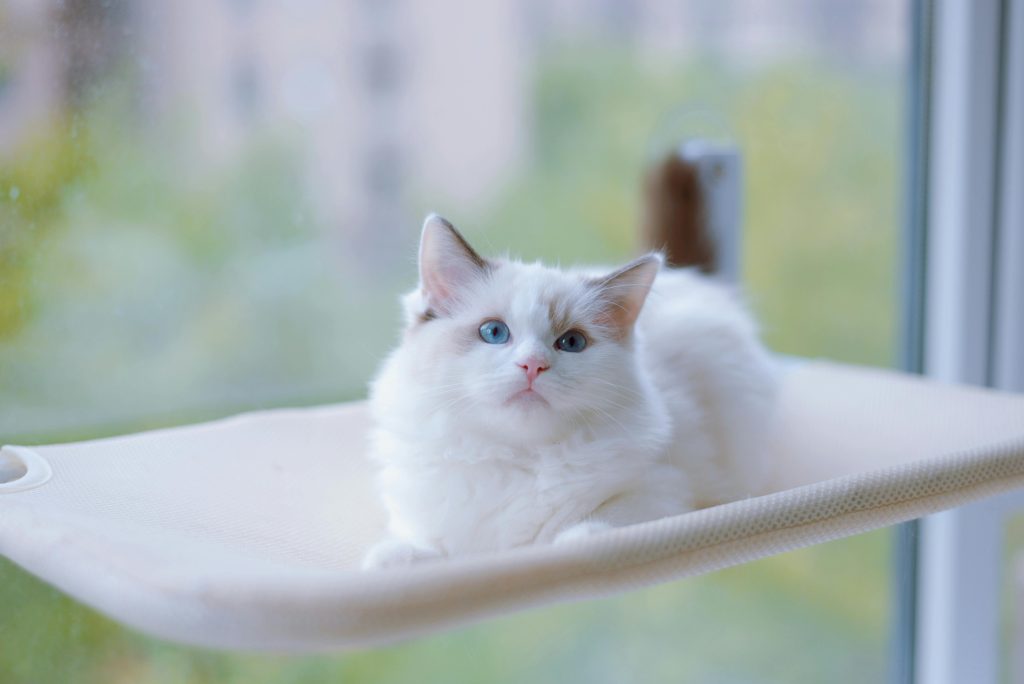
Choosing between a male vs female Ragdoll often comes down to lifestyle fit, not old myths. Think about the size, grooming needs, and energy level that suit your home best.
Meet the kitten first—sometimes the right match has less to do with gender and more with that spark of connection. Ask the breeder about personality, not just sex. The best Ragdoll is the one that feels like they’ve always belonged in your life.
You Might Also Like
Final Thoughts
When it comes to male vs female Ragdoll cats, there’s truly no wrong choice—both can be affectionate, loyal, and easygoing. Gender shapes tendencies, but personality, early socialization, and breeder care matter more.
Often, the right Ragdoll is the one that quietly clicks with you the moment you meet. Choose a healthy, well-raised kitten, and you’ll have a companion who fits right into your world.
Got a Ragdoll story or question? Drop it in the comments—your experience might help someone else decide.

Hi, I’m Abir Ahamed—a writer, editor, and proud cat lover with a passion for feline welfare. I use my words to educate, inspire, and advocate for responsible pet care. Based in Bangladesh, I bring a unique perspective to Cats Question, hoping to help cat lovers make informed, compassionate choices.
